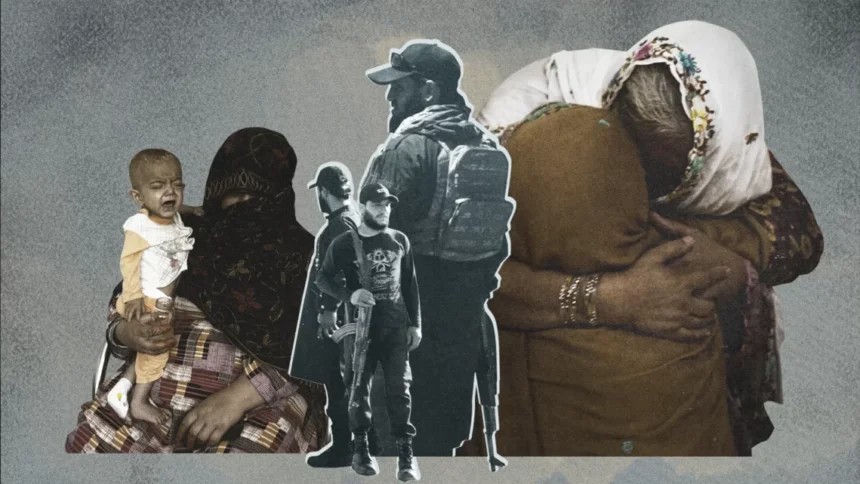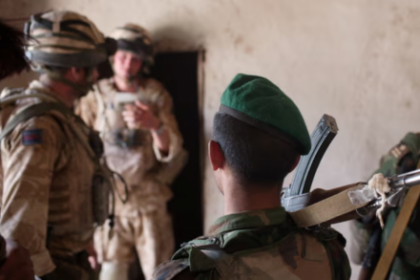RASC News Agency: In a recent and deeply troubling report, CNN has brought to light what can only be described as a silent catastrophe unfolding across Afghanistan: the sharp curtailment of American humanitarian aid particularly in the health sector is now pushing thousands of vulnerable Afghanistani children and women to the brink of death. But beneath the surface of this funding crisis lies a darker, more entrenched reality: a country held hostage by the Taliban’s repressive rule, abandoned by the world, and betrayed by the very militants who claim to govern it.
CNN journalists, reporting from the eastern province of Nangarhar, bore witness to the death of a young child not from war or violence, but from the absence of basic necessities. No medicine. No doctors. No food. The child died not of fate, but of systemic collapse engineered by indifference abroad and authoritarian incompetence at home. Hospital staff in the region report that child mortality rates have surged by 3 to 4 percent since the termination of U.S. aid. While such percentages may appear minor to policymakers thousands of miles away, they represent unspeakable pain to a mother forced to dig a grave for her child. These are not statistics. These are lives snatched away in silence.
Until recently, U.S. funding covered the salaries of doctors and the operational costs of health centers that served millions. That safety net has now unraveled. Patients are left holding prescriptions they cannot afford, facing a healthcare system on the verge of collapse. Nurses, once able to treat and heal, now stand powerless forced to turn away patients whose only crime is poverty. And the suffering does not end at the hospital gate. With the suspension of $1.7 billion in U.S. assistance, Afghanistan’s social infrastructure has begun to disintegrate. Vital programs ranging from girls’ education and agricultural development to landmine removal and women’s empowerment have been abandoned midstream. The result is a nationwide paralysis. And as always, it is Afghanistani women who suffer first and suffer most.
In villages once hopeful about rebuilding post-conflict lives, agricultural initiatives have halted. Schools that had reopened for girls now sit empty or operate underground. Vocational centers for women lie dormant, their machines idle, their promise extinguished. The Taliban regime, while eager to parade symbolic victories, remains either incapable or unwilling to provide the most basic public services while continuing to extort international aid agencies and funnel resources into their patronage networks. Some American lawmakers, particularly among the Republican right, argue that international aid is too easily diverted into the hands of the Taliban. Independent watchdog organizations do not entirely dismiss this concern. Indeed, Taliban officials have routinely coerced humanitarian groups, siphoning off resources or demanding control over aid distribution. But these same watchdogs emphasize a stark truth: it is the ordinary Afghanistani people not the Taliban leadership who are paying the ultimate price for aid restrictions.
This is not merely the end of a funding cycle. It is the end of lifelines. It is the calculated suffocation of children who had the simple right to breathe. Of mothers who should have lived long enough to raise the next generation. Of a society steadily being robbed of its last vestiges of hope, not just by geopolitical apathy but by the ideological tyranny of the Taliban, who have neither the capacity nor the will to govern with humanity. For millions in Afghanistan, the question is no longer when help will come it is whether the world will choose to remember them before it’s too late.






